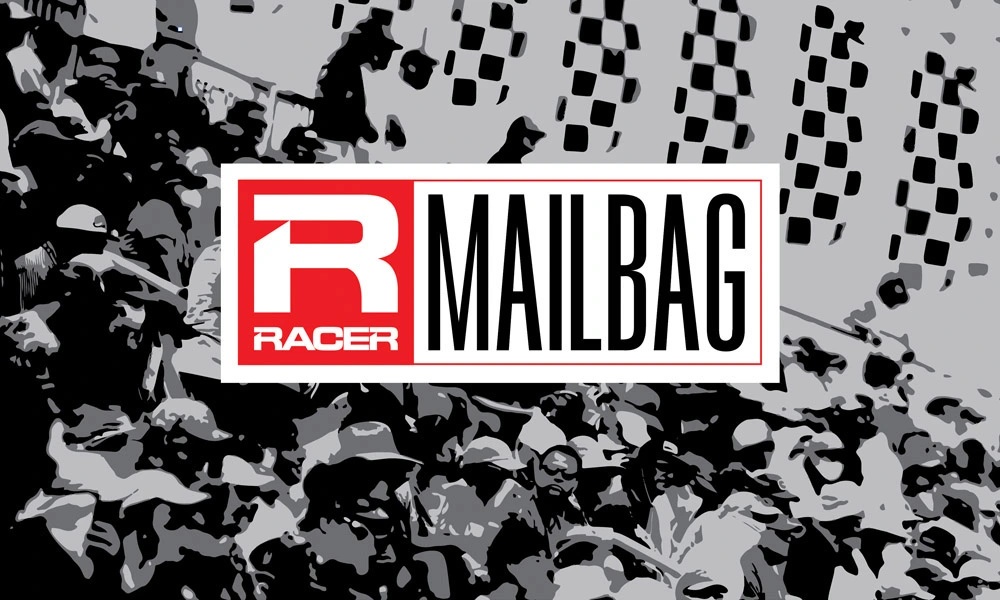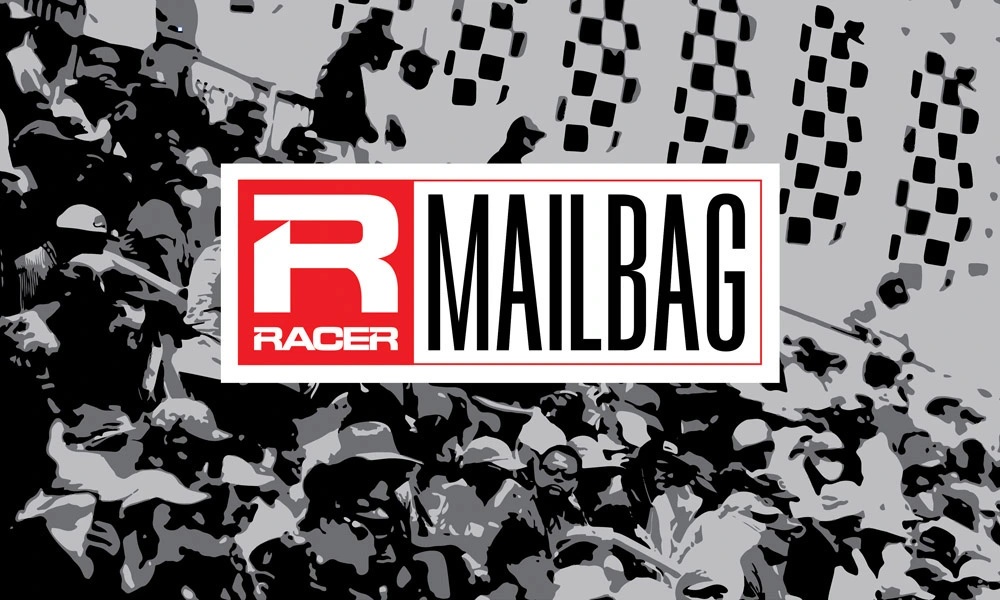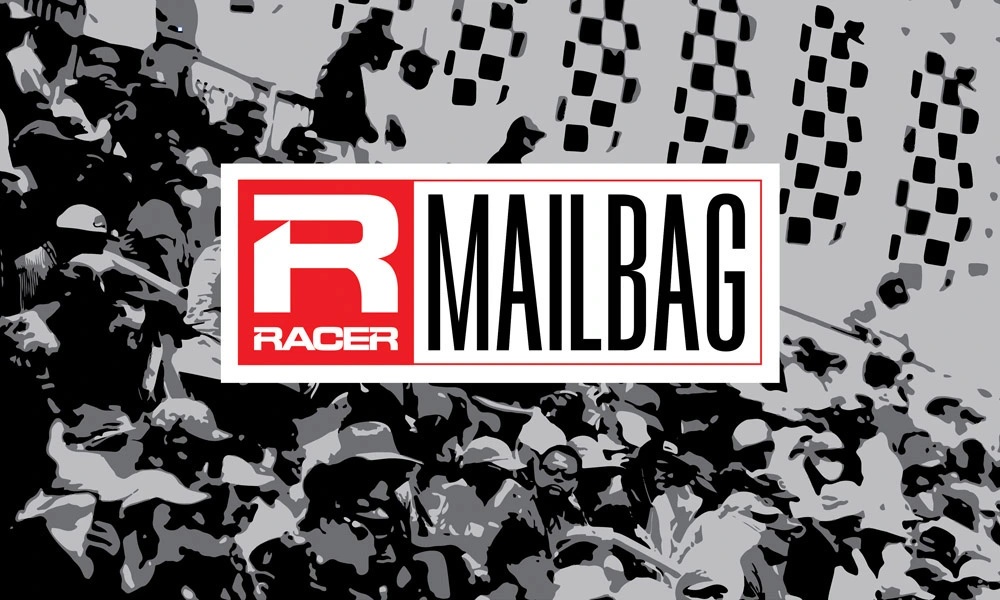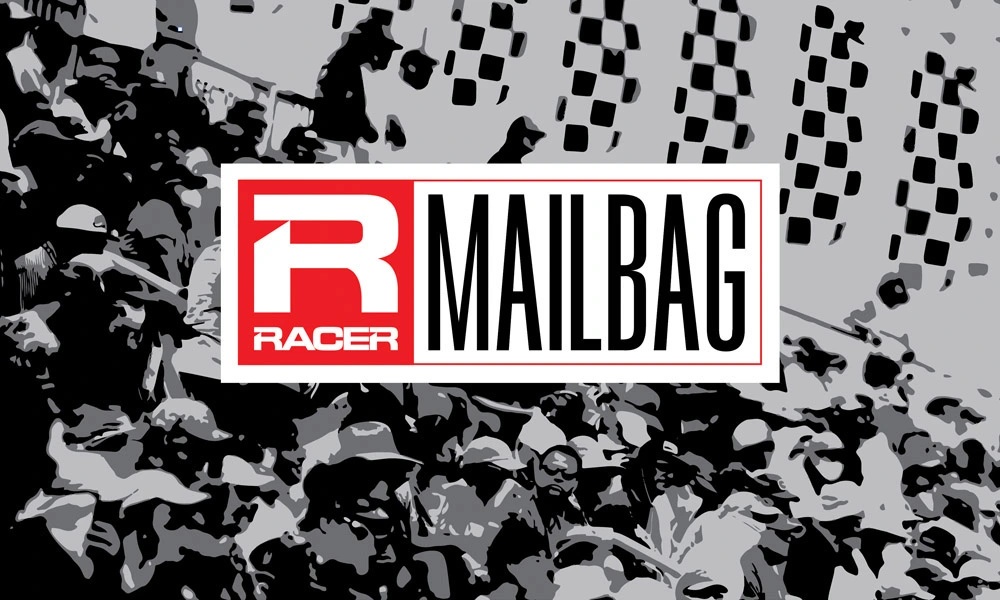Welcome to the RACER Mailbag. Questions for any of RACER’s writers can be sent to mailbag@racer.com. We can’t guarantee that every letter will be published, but we’ll answer as many as we can. Published questions may be edited for length and clarity. Questions received after 3pm ET each Monday will appear the following week.
Q: I enjoyed the race at Thermal more than I thought I would, although I have to admit I was confused at times. For instance, at one point the leaderboard changed from laps left to time left, and then back to laps left.
Plus, the halftime stop was pointless. Why not just require a pit stop? And I could have used less “this is an amazing, expensive place” content. Enough already, I get it, it’s for the 1%. Good for them, now show me more cars and drivers.
Anyway, I think the event may have a future if it is treated as a festival, not a race. The trick would be to tailor it to TV and lean into the All Star aspect of the festival. The events should be fun, but not ridiculously silly. To that end here are some things I would add:
• Burnout/donut competition
• Pit stop competition
• Celebrity race, or even better, a team owners’ race, in Civics. I’d pay to see Zak Brown and Chip Ganassi bashing fenders, only to have Michael Andretti dive bomb them both.
• Car show and/or auction like a Barrett Jackson
• Go-kart race open to all drivers in IndyCar and the Road to Indy using a short version of the track
• Some short features on sponsors. I, for one, would like to learn more about them so I could support them.
As for the race itself the primary motivation seemed to be the cash, so why not lean into it and add some more incentives to spice up the strategies? Bonus points if the leaderboard could have a “this is what the driver earns if the race ended now” column which updated dynamically. Cash prizes awarded for:
• Most laps led
• Most passes made
• Most positions improved
• Every second of push to pass used
• Fastest race lap
The last thing is, it should not be during the season. It should be the kickoff and called The Indycar Spring to Speed Festival at Thermal.
Tim E.
MP: Your name has been submitted for the vacant “Thermal Club $1,000,000 (-500,000) Challenge Creative Director” job title.
BTW — your idea for the burnout challenge needs to become part of the Carb Day festivities at Indy right after the Pit Stop Competition.
Q: Maybe next year Thermal’s final can have 20 drivers and the last-placed driver each lap gets black-flagged during the first 10 laps. This would keep people fighting for position. If you are top 10, then you can race the entire second half of the final.
Also, is the prize money offered above and beyond Leaders Circle, or is it somehow a gimmick similar to portions of the Indy 500 purse being Leaders Circle?
Andy Brumbaugh, Chapin, SC
MP: The prize money was unrelated to the Leaders Circle.
Q: You surprised Penske didn’t end up with 50% of Long Beach? Was it even a possibility?
As for Thermal, I didn’t mind it. Tons of testing to watch, nice to see how the “other half” lives, got to see some cars I never knew existed, and a goofy little race too. Beats six weeks without any IndyCar content.
Chad Brueggeman
MP: Yeah, I was surprised. And also disappointed in myself for the failure to think of Forsythe as a possible solution to buy the other half. In recent years, I’d heard about Forsythe holding the line and being unwelcoming to Liberty Media and others who wanted to buy Kalkhoven’s half and become his “partner” in Long Beach’s ownership, but hadn’t heard or thought of Forsythe just buying Kevin’s half and ending the conversation. What an epic move.

Q: I swear I have never seen a group of complainers like I see with IndyCar fans – and I am one of them. Everyone talks about all of the changes that need to be made for the series to be successful. A new car, more engines, more drivers, less ‘pay’ drivers, more ovals, etc. As an experiment, I decided to do a comparison.
To me, 1991 was around the peak of IndyCar success and popularity. I decided to look at the stats of a race I attended then, and compare it to the same race in 2023. The race at Laguna Seca. I was there, it was packed, it was a great time.
Number of entries:
1991 – 27 cars
2023 – 27 cars
Chassis – Most of the field in 1991 had a Lola (21 cars), except five cars with the Penske chassis, and a single outlier Truesports entry driven by Scott Pruett (Great guy BTW)
Engines – Two engines dominated the field in 1991 — Chevy and Cosworth. The outliers were three Judds, two Buicks, and a lone Alfa Romeo. So 21 cars had one of two engines. Hardly anyone ever cheered for a Judd or an Alfa to win.
21 cars were one chassis.
21 cars were one of two engines.
Another point: The qualifying spread over the field, best to 7-second spread.
2023 – Pole was 1m06.6s, slowest was 1m07.9s — 1.3 seconds to cover the whole field.
In my opinion, the 2023 race doesn’t look that bad in comparison.
I too yearn for the glory days of early ’90s IndyCar, but it isn’t the cars, engines, and drivers holding today’s series back. What it needs is awareness and marketing. That would help bring back the fans, and the fans would help to bring back the sponsor dollars. The new fans that we need to attract really don’t care that the chassis is old and there are only two engines. They want a show that delivers, and personable drivers that they can cheer for.
I’m just glad the series still exists at all in today’s economy. Appreciate what we have. I’ll gladly watch every race and I won’t complain about it.
John, Visalia, CA
MP: That 1991 Laguna weekend was a great one with the Marlboro Challenge, plus Mario Andretti sampling a MotoGP bike, plus Indy Lights and Atlantics; I was there as an Atlantic mechanic.
You raise a lot of great points. Only area where I’d push back is on the chassis and engine variety side. Part of the allure was the variety, including not-my-brother’s Truesports “Made In The USA” chassis. Beyond all of the amazing drivers and teams, there was once a deeper layer of the sport for folks to sink their teeth into, and that’s been lost.
Since we’ve been spec for so long, the cars are usually viewed as appliances. Heck, most reporters, who once took pride in knowing about the cars and how they work, have no clue what a differential does or why you’d use one style over another. A casualty of spec racing has been curiosity on a wider scale; the car has become like a bat or a ball that is largely ignored. F1 and IMSA/WEC remind us that fans still care about the cars and their differences and nuances.
Maybe part of IndyCar’s ongoing problem, which is tied to the marketing issues that have been around forever, is its old and spec cars. I go to IMSA races and speak to fans and it’s not uncommon for folks to know little about the drivers in the Ferrari 296 or BMW M Hybrid V8, but they can tell you about the turbo arrangement in the Ferrari’s engine bay, or how the BMW’s motor is derived from its former DTM engine.
And a lot of the times at IndyCar races, I speak with fans who are the opposite, and can tell me about what Pato had for breakfast Tuesday morning because they follow his every move on IG, but are largely ambivalent to the cars and technology in the series. Two American racing series with two different appeals. And I’m not saying all IMSA fans are lovers of the tech and I’m not saying all IndyCar fans are clueless about the tech. But I am saying their car/tech cultures are dissimilar, which wasn’t always the case. Back when IndyCar and IMSA (or the ALMS, which was its son) were non-spec, the cars were huge sources of fascination, and the drivers were cool, and that gave reasons to know and care about both.
The idea of a wild-looking new car being used as a hook to get more people to be curious about IndyCar shouldn’t be ignored as a marketing tool. Even if it’s spec, or single-supply, or whatever term is preferred, at least the series would give itself a chance to garner attention with something new. Whether non-spec areas of the car would be allowed is an altogether different topic.
There’s a reason why most major brands undergo packaging changes to keep their products fresh and modern If you saw a bag of chips on the shelf that looked like it was from 15 years ago, you’d probably search for something that was newer to buy. The argument for IndyCar to stick with the same packaging can be made, but since it’s barely growing its audience size or share of the sports entertainment marketplace, the reason why it should stay the same isn’t supported by the results or reality.


















